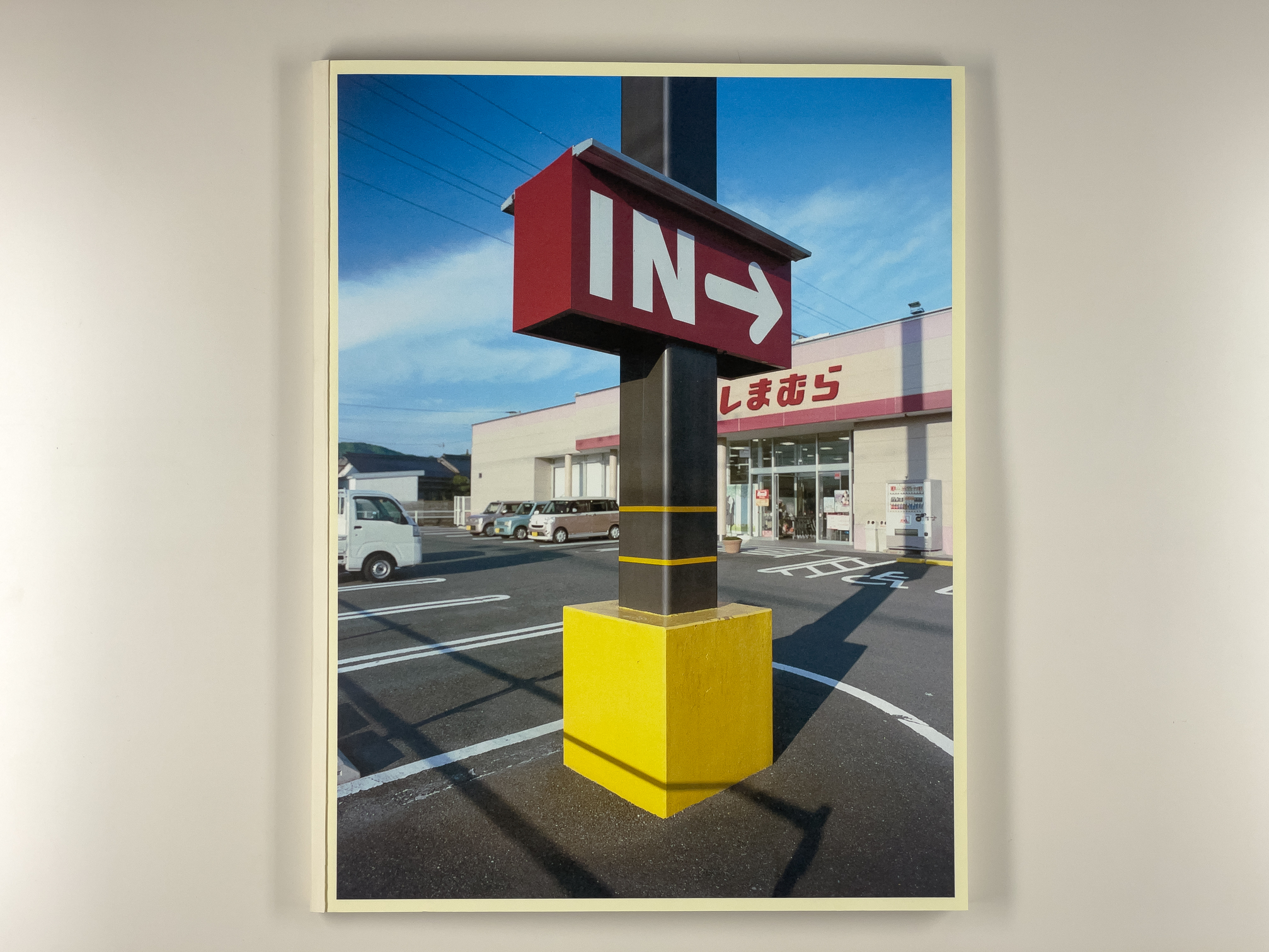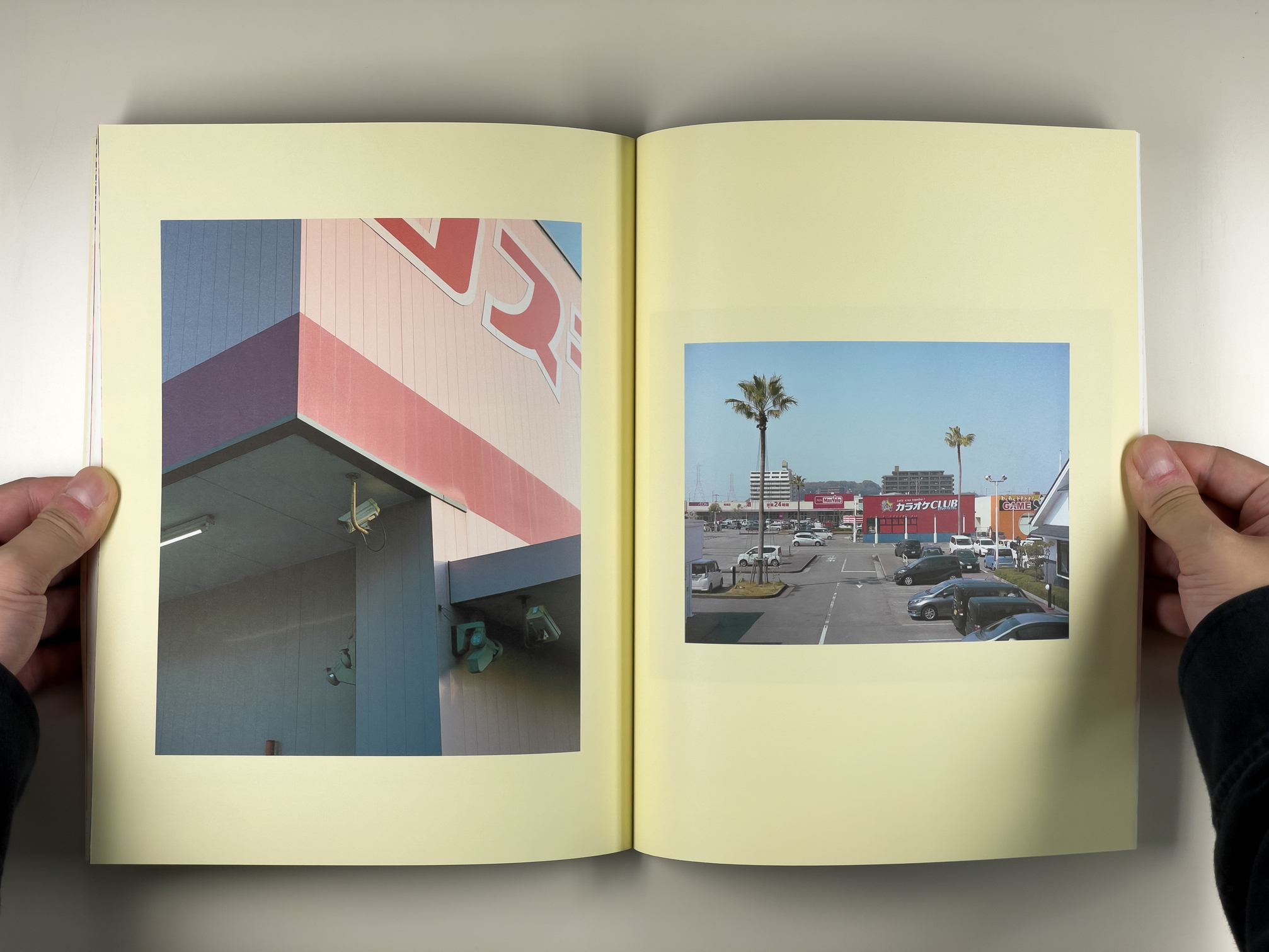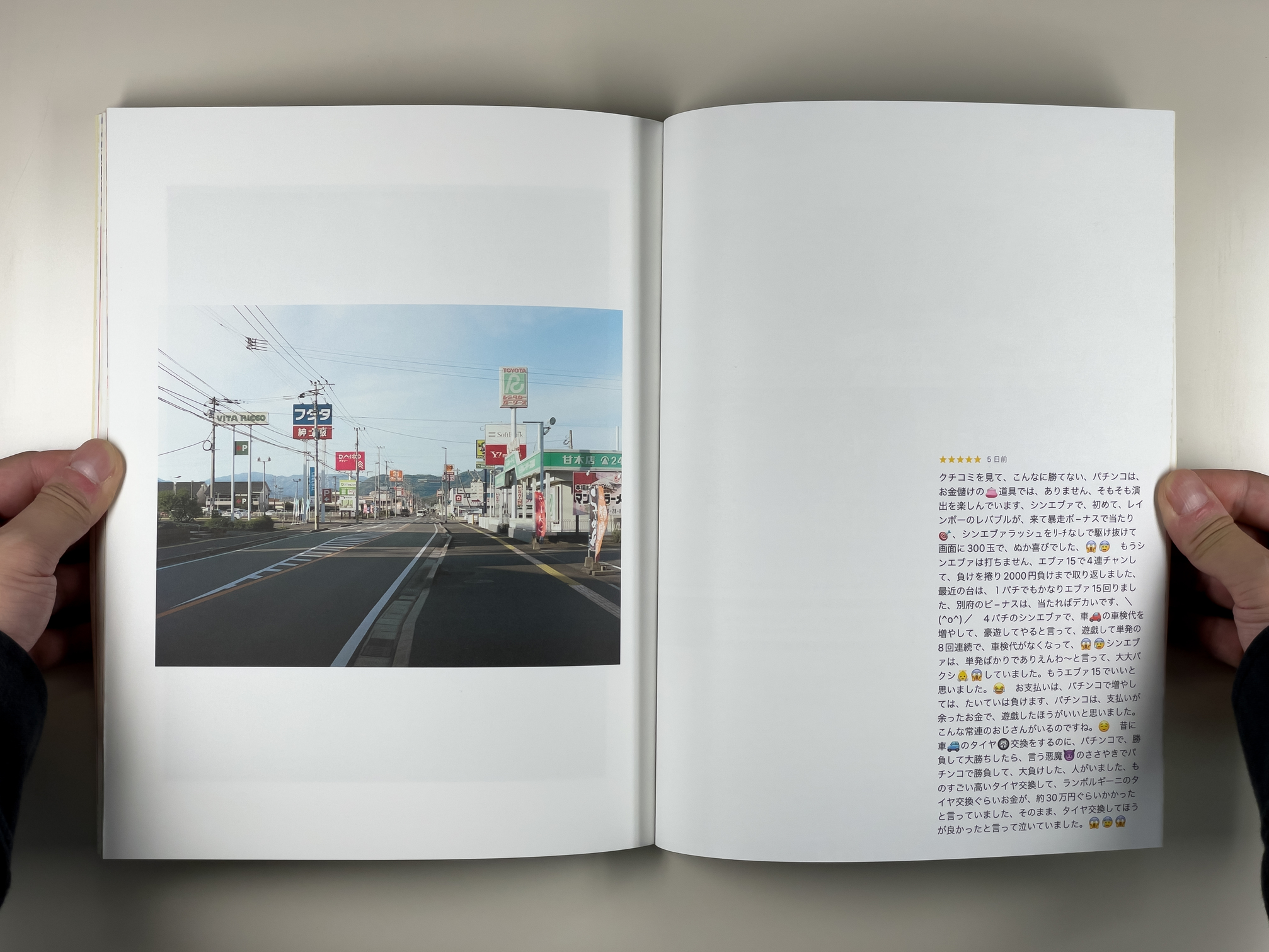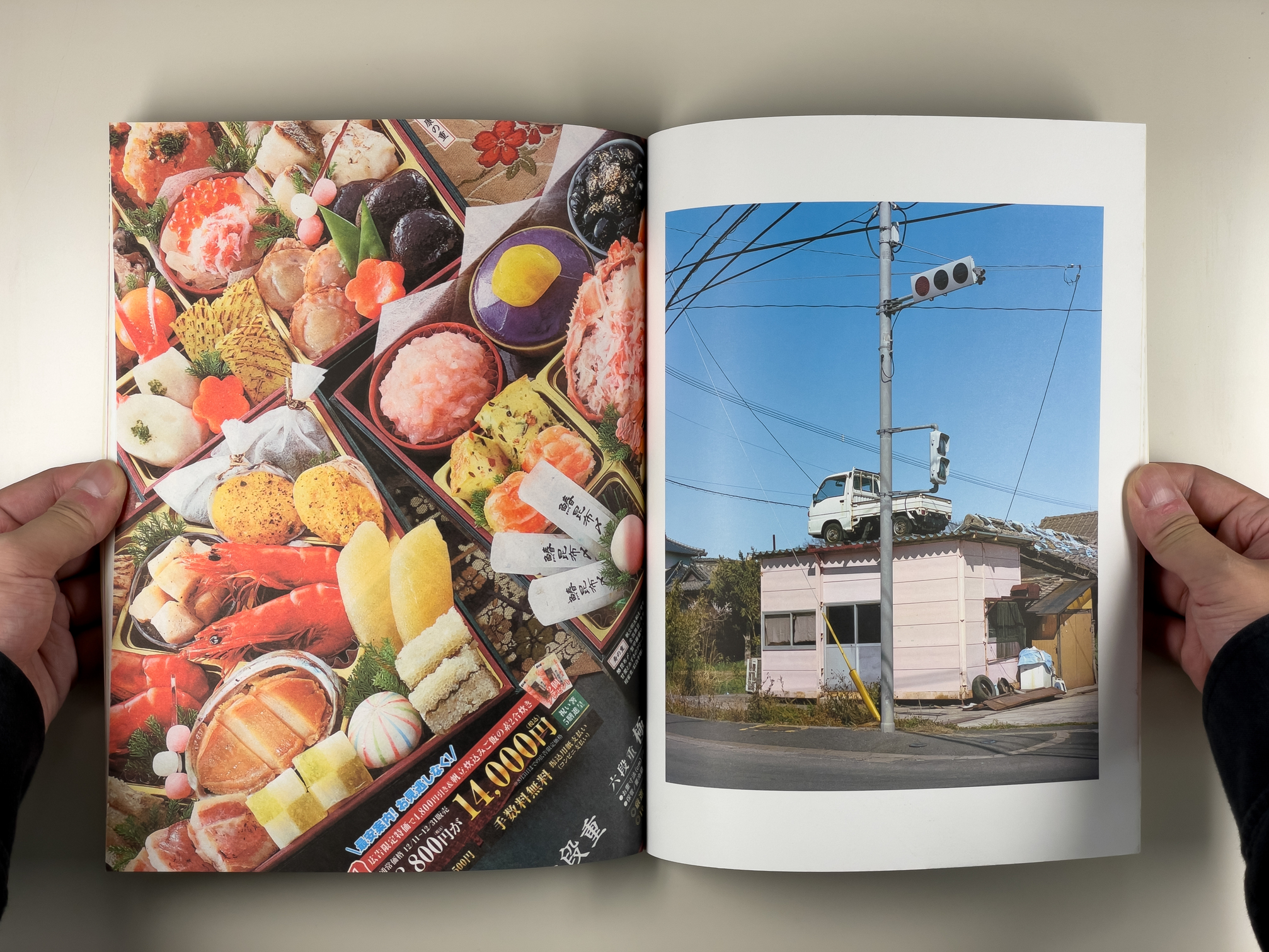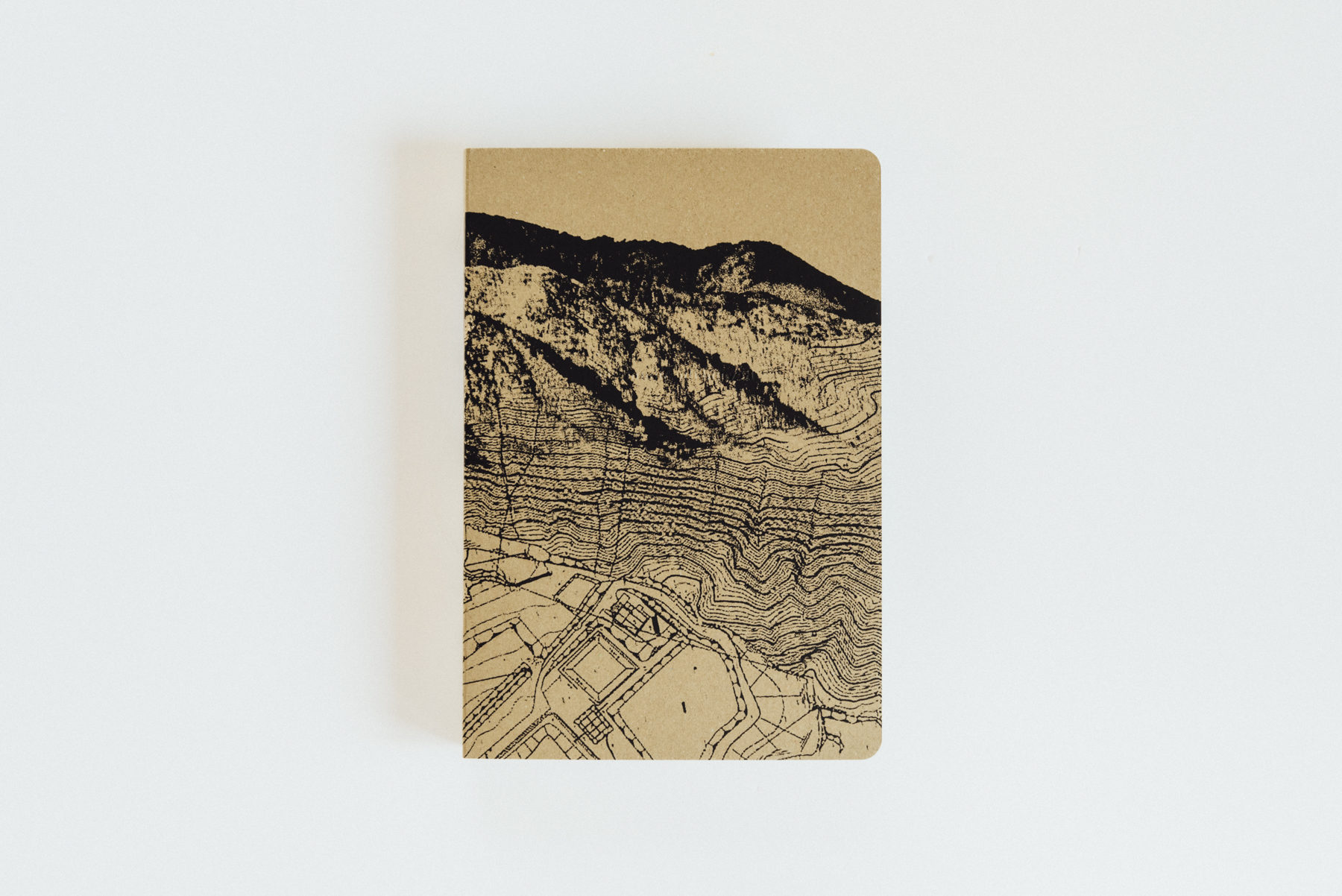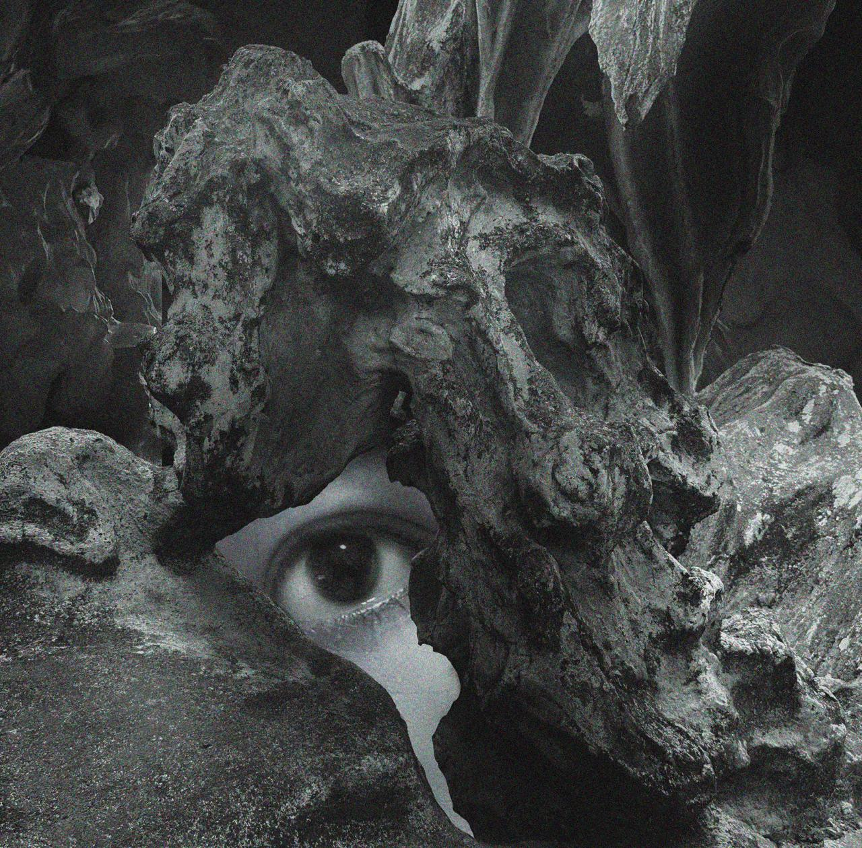Three summers ago, I was photographing the work and daily routine of agricultural workers. Every morning, I would take a commuter bus along the countryside streets to various work sites. During the about 2-hour ride, buildings, farmlands, billboards, etc. kept reappearing outside the car window. These facilities in different shapes and forms struck me as exaggerated and unexpected, so with the fantasy of a new scenery in mind, I started walking along the countryside roads.
On the road, I often wondered why this building was built in this way, what was the character of the owner who planted this plant, whether these billboards were effective, and so on. The appearance of capital and commercial activity crept into all corners of the street. Artifacts such as billboards, plants, and buildings appear to be monuments to the civilian population; they look very normal but seem to reflect the ethos of the place.
In addition, I collected customer reviews from Google Maps of the commercial facilities I passed along the way, and the advertising paper section of the local newspaper. These texts and images reminded me of the scenery I saw on the road. In “Monument Road”, I combined the advertisement paper, the reviews in the map app, and the photographs I took to construct my own imagery of the Japanese countryside and late capitalism.



